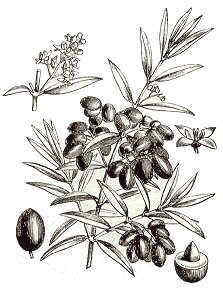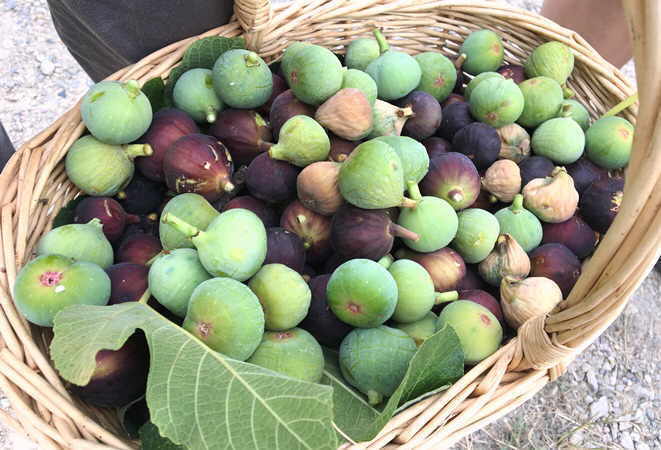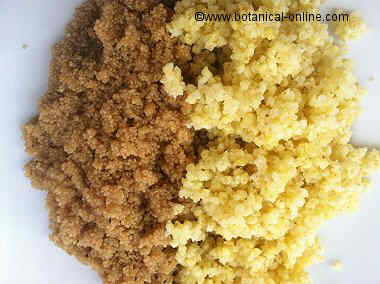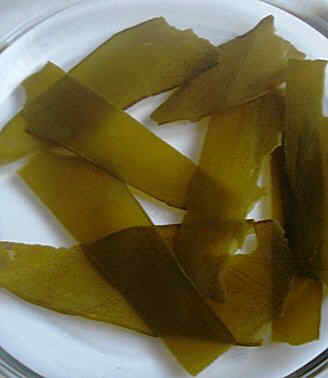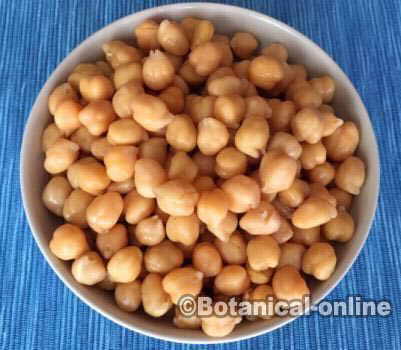Contents
Why not to use transgenic soy
What are the disadvantages of growing and eating transgenic soy?
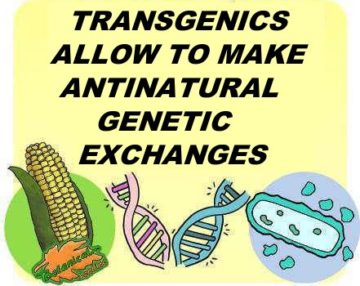
Transgenic soy has many detractors, mainly for the following reasons:
- Harmful to the environment: GMO technology could achieve plants that are more resistant to drought or with lower nutrient requirements, which would be an advantage. However, companies have used transgenics to produce plants that are very resistant to the herbicides and insecticides that they produce and market.
So plants resistant to very aggressive pesticides are generated, which eliminate any animal or plant. What is happening now is that the environment is sprayed with huge amounts of these products, knowing that GMO crops will resist it, but without thinking about the ecosystem (insects and other animals, air pollution, water and other crops, bioaccumulation , …). - Buying the patented seeds gives benefits to private companies: Transgenic seeds and products for their cultivation are expensive, although it is worth mentioning that the seeds obtained in a traditional way can also be registered and are also bought each year. The same companies that sell GMO, also produce organic and generally have a monopoly on all kinds of crops, pesticides and seeds.
- Laws and regulation of the GMO: The current legislation does not allow to investigate freely with patented seeds without permission of the companies that commercialize them. These companies also have the authority to decide the duration of the studies. All this makes difficult the free study on the repercussions of these foods for health. The defenders of this norm maintain that, since it is a private product, it is logical that the company that receives the benefits must also be the one that has to investigate about its security.
- Lack of scientific studies: The majority of scientific studies on transgenics are produced by the marketing companies themselves, with the evident conflict of interest that this entails. The use of seeds in scientific studies is not allowed without the authorization of the merchant.
- Principle of precaution: In the absence of sufficient studies on the subject, the main reason why scientists and non-scientists do not support GMOs is a precaution. The effect that transgenics can have on nature is not known: animals, plants and microorganisms, and, as mentioned in the previous points, current legislation does not help to clarify it through scientific analysis free of conflicts of interest.
Why is transgenic soy allowed?

In recent years, the vast majority of soybean crops that are produced are not for human consumption. Soy is grown intensively to feed animals and meet the huge demand for meat from markets.
These transgenic crops are mainly used for the production of feed. Therefore, the root problem of transgenic soy is the exaggerated consumption of meat that occurs in most developed or developing countries. All people who eat meat daily are encouraging the intensive cultivation of transgenic soybeans, since the vast majority of meats consumed are fed with feed made with transgenic soy.
Sausages and processed meats can also contain it in the form of an additive (soybean meal).
How can one act against GMOs?
The cultivation of transgenic soy is promoted indirectly when meat is consumed in an excessive way, many times, recreationally (as in fast-food restaurants), other times, due to lack of nutritional education.
Eating meat daily is not necessary and harms the environment on many fronts. It is necessary to expend many natural resources to feed the animals to be able to consume meat
All this produces very serious environmental problems, such as water pollution (due to pesticides and the meat industry), soil depletion, loss of biodiversity, or the appearance of bacteria that are very resistant to antibiotics
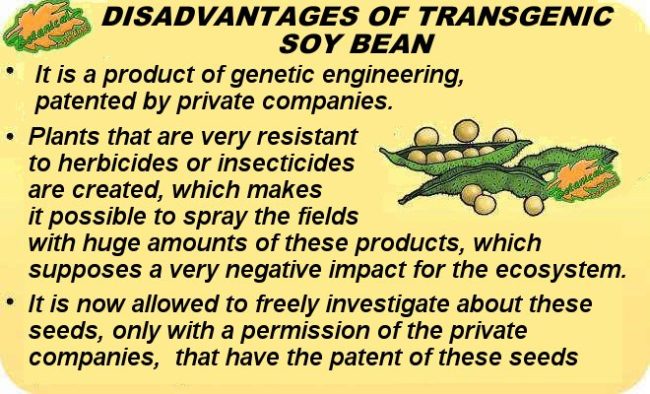
![]() More information on soy
More information on soy


